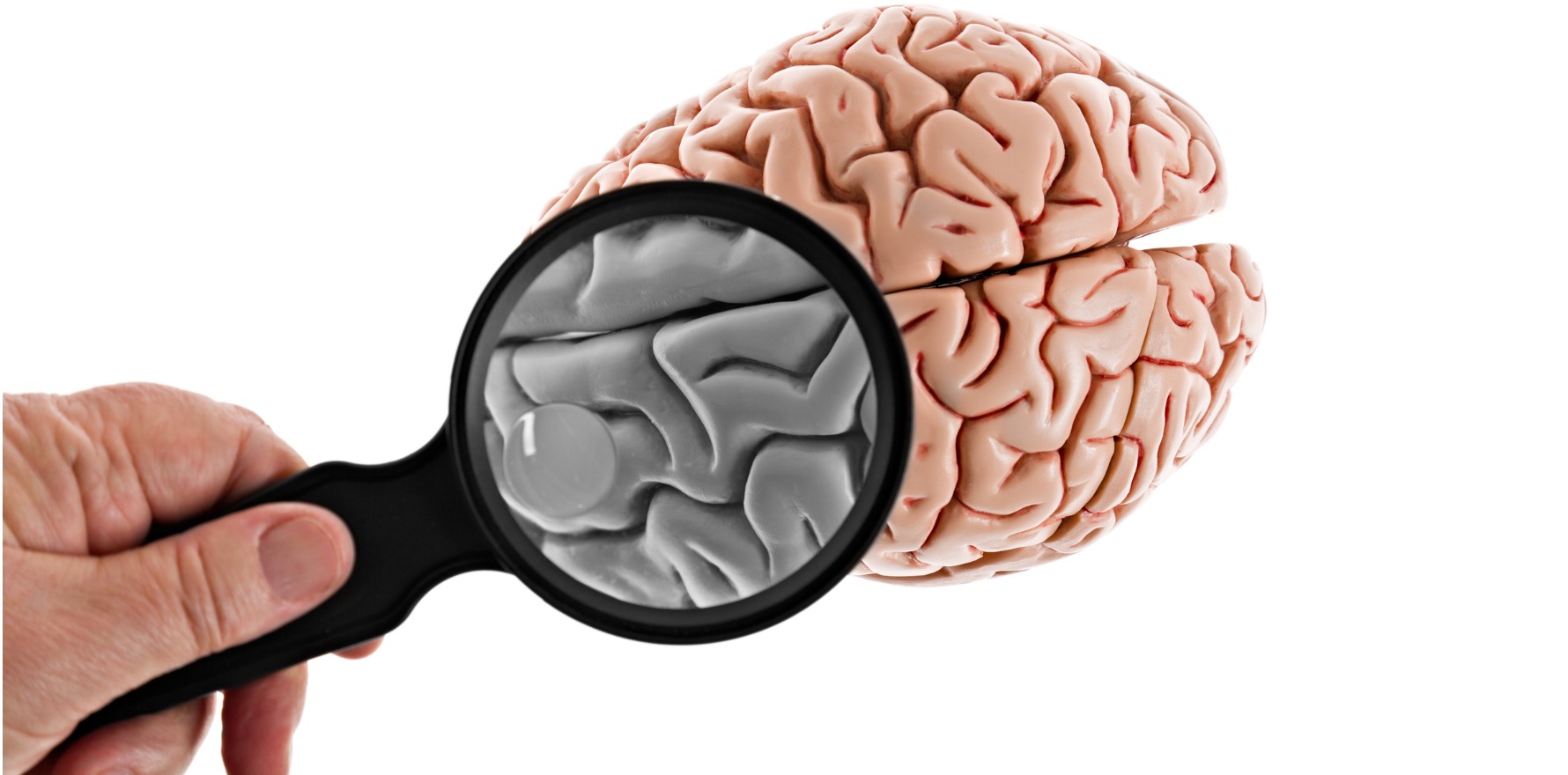Registrars with the Australasian College of Sport and Exercise Physicians are forced to work on non-VR GP rebates, which haven’t been indexed in 32 years.
GP registrars may get a raw deal compared to their hospital-based colleagues, but the junior doctors who choose sports medicine are in for an even ruder shock.
Like ACRRM and RACGP registrars, trainees with the Australasian College of Sport and Exercise Physicians largely work outside the hospital in private fee-for-service clinics.
Like ACRRM and RACGP registrars, sports medicine trainees lose access to the leave entitlements they enjoyed as hospital doctors as they move around training posts.
Unlike their GP counterparts, though, ACSEP registrars don’t have access to A1 MBS items.
They also don’t have access to the set of specialist item numbers available to ACSEP fellows.
This means they can only bill non-VR GP item numbers, which have not been indexed or updated since 1992.
“Looking from the outside, we say ‘gee, [GP registrars] have got it good’,” ACSEP president Dr Corey Cunningham told The Medical Republic.
Doing a level B consult only brings in a patient rebate of $21 – that would be $41.40 for a GP or GP registrar – while levels C and D are remunerated at $38 and $61 respectively.
Of course, they’re not the only ones on non-VR GP rates, the obvious group being the remaining non-VR GPs.
A key difference between the two is that experienced non-VR GPs could theoretically make up the shortfall in the MBS rebate by charging patients extra out of pocket.
ACSEP trainees, meanwhile, are hesitant to charge the same rate a fellow or more experienced doctor would.
“[Young doctors] are not going to be able to charge $250 for a consult,” Dr Cunningham said.
“They might have a reduced rate of $100 or something, because the patient’s still paying and the rebate is $21.”
He estimated that most ACSEP registrars earn between $40k and $50k per annum in their first year of training.
To earn extra cash, Dr Cunningham said most sports physician trainees pick up locum shifts on nights and weekends and spend any spare time working with sports teams.
“People aren’t on the breadline, but if you’re a registrar in a clinic earning less than $50,000 and doing your training [on night shift] it is not ideal,” he said.
The government does provide some funding via the Specialist Training Program – trainees can earn $105,000 per annum on this – but ACSEP only receives enough for three places each year.
In comparison, more established colleges like the Australasian College of Dermatologists get up to 30 places funded through the program, enough so that all its registrars are taken care of.
Related
There are approximately 210 ACSEP fellows across Australia and New Zealand, and 70 registrars, making it one of the smallest colleges, if not the smallest.
“Small numbers don’t make an impact,” Dr Cunningham said.
“We’ve had meetings with ministers, we’ve had meetings with government, we’ve had meetings with the AMA; we’ve advocated in many ways, but it’s just not leading anywhere at the moment.”
ACSEP past president Dr Louise Tulloh told TMR that there was a persistent negative perception of the college and its specialists.
“We’ve spoken to the minister and we’ve spoken with the AMA and we’ve presented this at numerous places, but there is no solution because, I guess, there’s no motivation for a solution,” she said.
“There’s a perception that we’re elitist, that we should just be doing sporting stuff and we’re of no value, despite the fact that we are AMC-accredited and have a recognised specialty.”
One of the other curious aspects of the ACSEP registrar situation is that sports medicine doctors in training were actually better off before it was recognised as a specialty.
Prior to being recognised as a distinct specialty by the Australian Medical Council in 2009, there were specific time-based items available for sport and exercise medicine.
“Then we got recognised as a specialty with Medicare, and they gave us procedural item numbers,” Dr Tulloh said.
“We moved to the … A3 class of item numbers, which were for surgeons, not physicians.
“At the same time, we lost all those other numbers and the only Medicare rebates that our trainees could access at that time were the existing non-vocationally registered GP ones.”
Even the item numbers available to fellows are not necessarily the best fit for the specialty, given that they are procedural-heavy.
“Lots of specialties use the 104/105 group of numbers, but it tends to be the specialties that have short consultations and then a procedure,” Dr Cunningham said.
While sports and exercise medicine does involve some procedural work – mostly consisting of injections – Dr Cunningham said the specialty had grown to focus more on prevention and rehabilitation plans.
“All the time, all the effort and all the skill and the [intellectual property] and the knowledge is in the consultation with our patients,” the ACSEP president said.
The college has been lobbying government to switch from the A3 specialist-based item numbers to the A4 consultant physician-based item numbers for around a decade.
Part of the problem has been that the committee with the power to make a decision on the issue keeps changing or being redefined.
“In 10 years we’ve dealt with three committees,” Dr Cunningham said.
“And when the government changes or the health minister changes they disband that committee … and we have to start again.”
The latest incarnation is the MBS Review Advisory Committee, which was set to discuss ACSEP’s request at its March meeting.
A decision will be released in the coming months.





